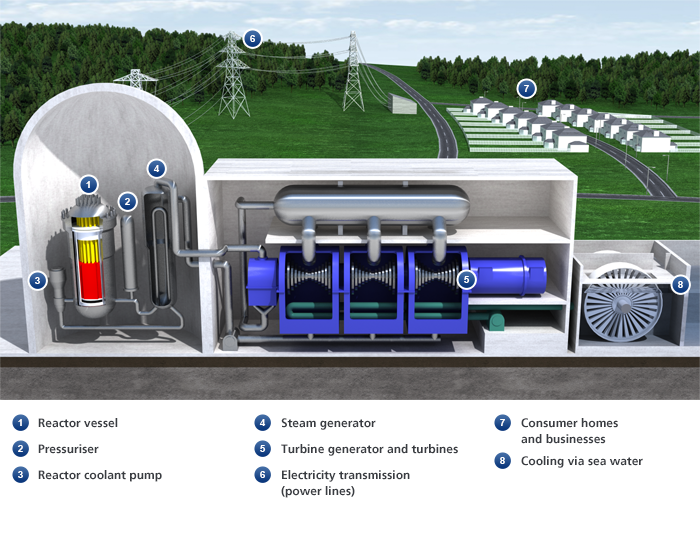The details of how nuclear energy works has been discussed in previous posts, but as a refresher, the following paragraph is a summary.
A nuclear reactor produces electricity in much the same way other power plants do. Some form of energy creates heat, which turns water into steam. The pressure of the steam turns a generator, which produces electricity. The difference is in how the heat is created. Power plants that run on fossil fuels burn coal, oil or natural gas to generate heat. In a nuclear energy facility, heat is produced from splitting atoms – a process called nuclear fission. Enriched uranium is the fuel for nuclear reactors. Uranium is an abundant, naturally radioactive element found in most rocks. As uranium breaks down or decays, it produces heat inside the Earth’s crust. A similar process generates heat inside a nuclear reactor. The image below is a graphic representation of the production of nuclear energy.
Globally, there have been at least 99 (civilian and military) recorded nuclear power plant accidents from 1952 to 2009 (defined as incidents that either resulted in the loss of human life or more than $50,000 of property damage, the amount the US federal government uses to define nuclear energy accidents that must be reported), totaling $20.5 billion in property damages. Property damage costs include destruction of property, emergency response, environmental remediation, evacuation, lost product, fines, and court claims. Because nuclear power plants are large and complex, accidents on site tend to be relatively expensive. The International Atomic Energy Authority ranks them using an International Nuclear Events Scale (INES) – ranging from ‘anomaly’ to ‘major accident’, numbered from 1 to 7. Some of the worst accidents include:
>Chernobyl, Ukraine- INES Level 7, 1986
>3 Mile Island, Pennsylvania- INES Level 5, 1979
>Fukushima, Japan- INES Level 7, 2011
References:
1. ENEC
http://www.enec.gov.ae/learn-about-nuclear-energy/how-does-nuclear-energy-work/#nuclear-fission
2. The Guardian
http://www.theguardian.com/news/datablog/2011/mar/14/nuclear-power-plant-accidents-list-rank
3. Wikipedia- List of Nuclear Power Accidents By Country
https://en.wikipedia.org/wiki/List_of_nuclear_power_accidents_by_country#cite_note-bksaccident-7
4. Take Part
http://www.takepart.com/photos/11-worst-nuclear-accidents/windscale-pile-great-britain-ines-level-5-1957
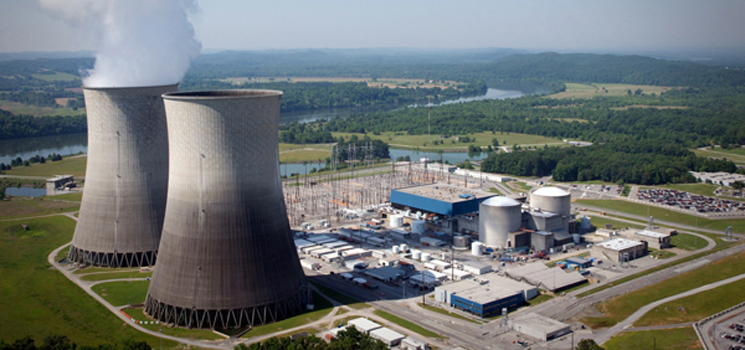


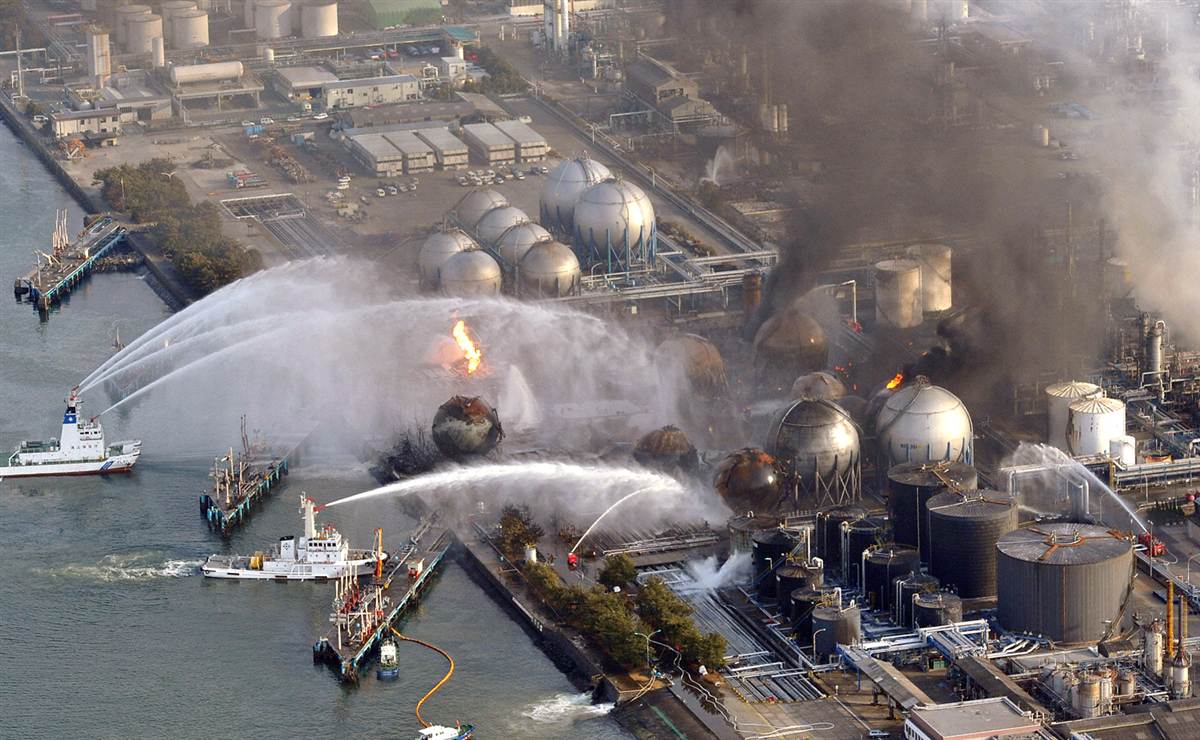





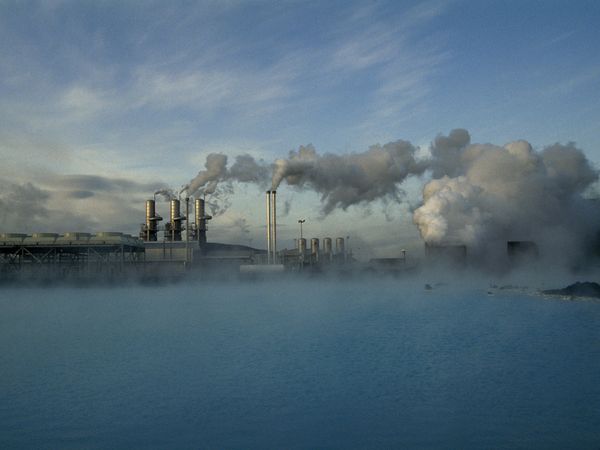


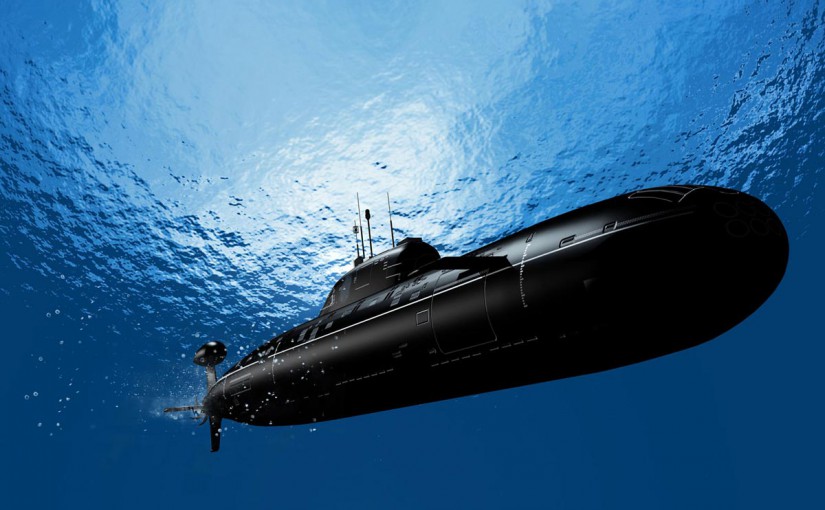



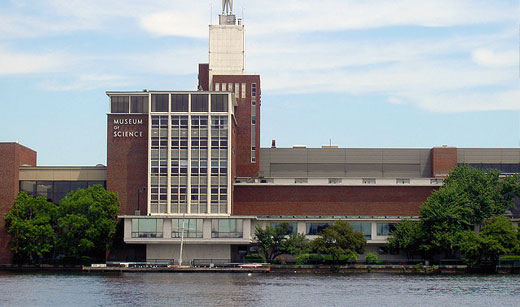


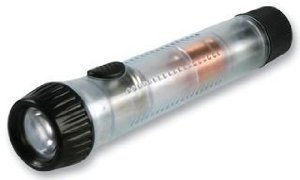

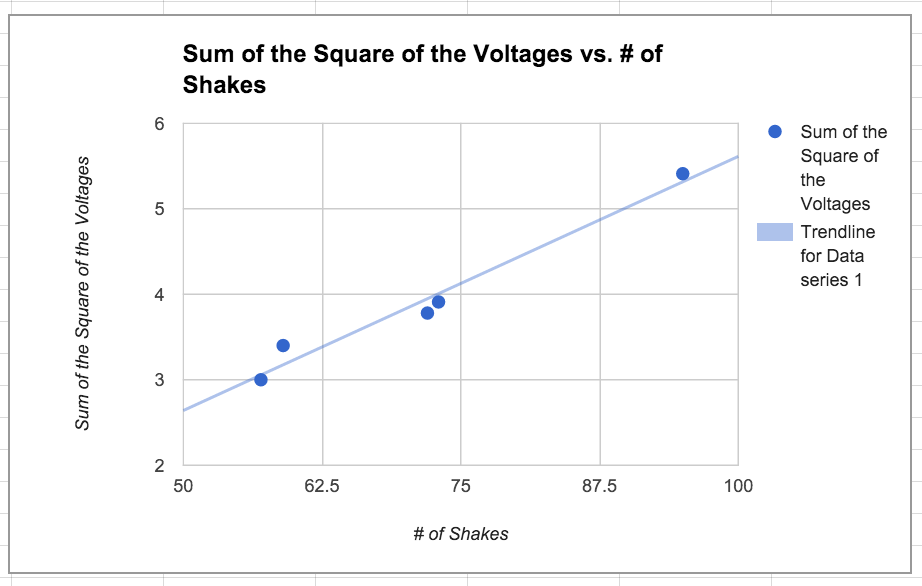

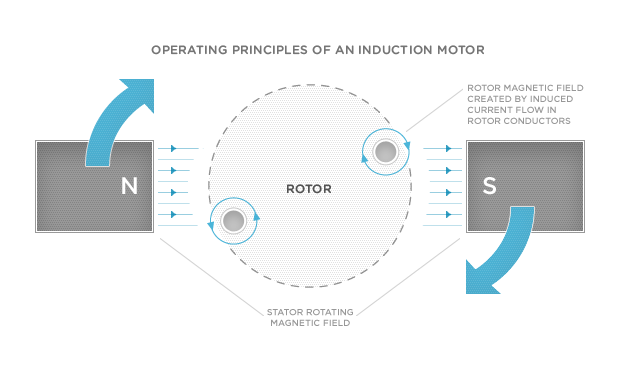

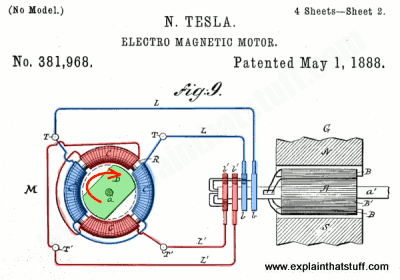
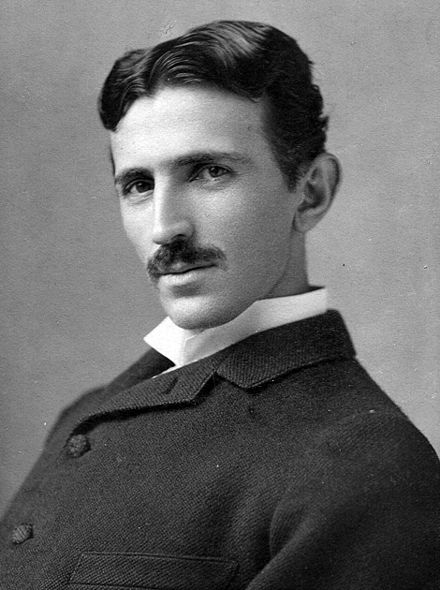
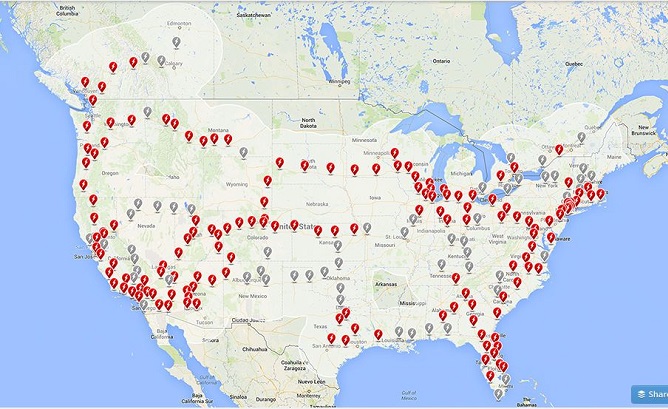
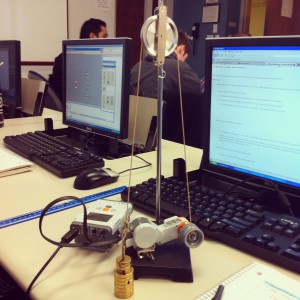



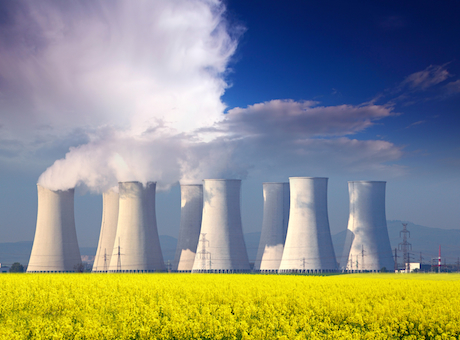
 How does a natural gas power plant work? The first step at a natural gas power plant is pumping the natural gas into the turbine. There it is mixed with air and burned, creating heat energy. Combustion gas is also created. The heat causes the combustion gas to expand causing a buildup of pressure. The pressure drives the combustion gas over the blades of the gas turbine, causing it to spin, converting some of the heat energy into mechanical energy. A shaft connects the gas turbine to the gas turbine generator so when the turbine spins, the generator spins as well. Using an electromagnetic field, the generator converts the mechanical energy into electrical energy. The combustion gas is then piped to the heat recovery steam generator where it is used to heat pipes of water, turning the water to steam, before leaving through the exhaust stack. The hot steam expands in the pipes and emerges under high pressure. These high-pressure steam jets spin the steam turbine. The steam turbine is connected by a shaft to the steam turbine generator, which converts the turbine’s mechanical energy into electrical energy.
How does a natural gas power plant work? The first step at a natural gas power plant is pumping the natural gas into the turbine. There it is mixed with air and burned, creating heat energy. Combustion gas is also created. The heat causes the combustion gas to expand causing a buildup of pressure. The pressure drives the combustion gas over the blades of the gas turbine, causing it to spin, converting some of the heat energy into mechanical energy. A shaft connects the gas turbine to the gas turbine generator so when the turbine spins, the generator spins as well. Using an electromagnetic field, the generator converts the mechanical energy into electrical energy. The combustion gas is then piped to the heat recovery steam generator where it is used to heat pipes of water, turning the water to steam, before leaving through the exhaust stack. The hot steam expands in the pipes and emerges under high pressure. These high-pressure steam jets spin the steam turbine. The steam turbine is connected by a shaft to the steam turbine generator, which converts the turbine’s mechanical energy into electrical energy.
